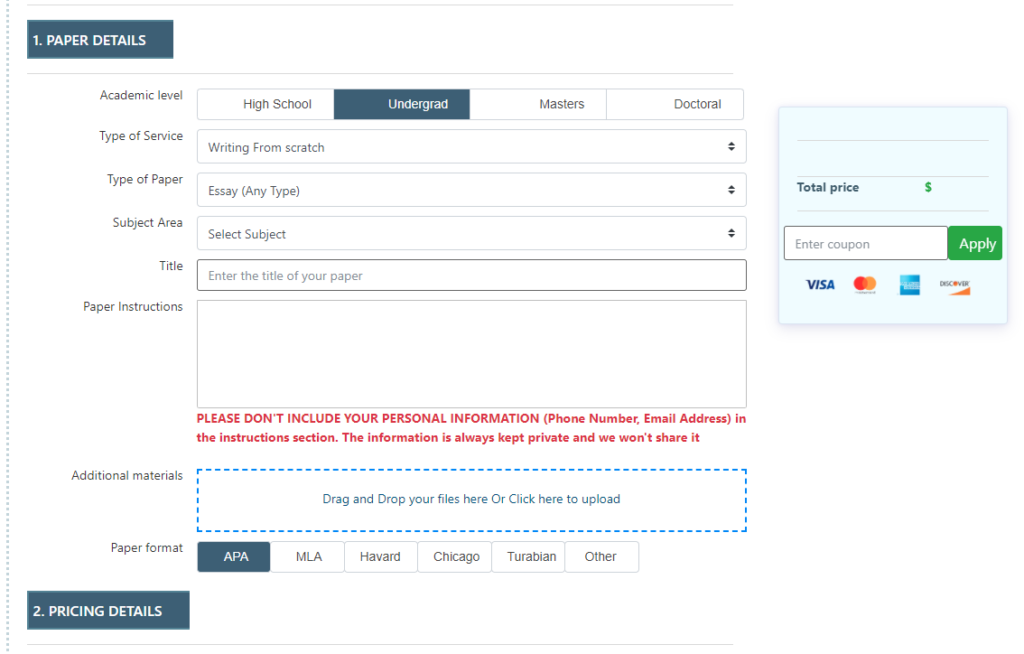Multifaceted Assessment: Anne Marie’s Case
Many exceptionalities in children have a high comorbidity, which can make identification and intervention challenging for professionals. This is why, aside from legal and ethical requirements, multifaceted assessment is essential.
Review the following scenario:
Anne Marie is a thirteen-year-old girl who has always struggled socially and behaviorally. Although she has a few friends, she often argues with them, as well as with adults. Despite these challenges, she has always been successful academically, and so a formal evaluation was never conducted. However, Anne Marie’s parents are concerned that her behavior has become more pronounced this year and that she is spending even more time alone. Her parents are not sure if her problems are due to typical development (that is, puberty), a developmental disability such as an autism spectrum disorder, or an emotional disturbance.
Using the module readings, the Argosy University online library resources, and the Internet, research multifaceted assessment.
Incorporate what you learned in your readings and respond to the following:
- Explain why it might be important to distinguish between typical development, developmental disability, and emotional disturbance for Anne Marie.
- Evaluate the roles each of the following would play in addressing Anne Marie’s challenges:
- Individuals with Disabilities Education Act (IDEA) 2004
- Diagnostic and Statistical Manual of Mental Disorders (DSM)
- Functional Behavior Assessment (FBA)
- Identify any other information that might be important when assessing Anne Marie’s difficulties and designing an intervention for her. Discuss why this information would be important and how would you go about obtaining that information?
Write your initial response in 300–500 words.







